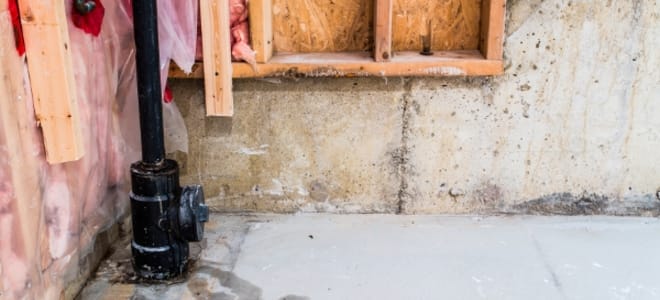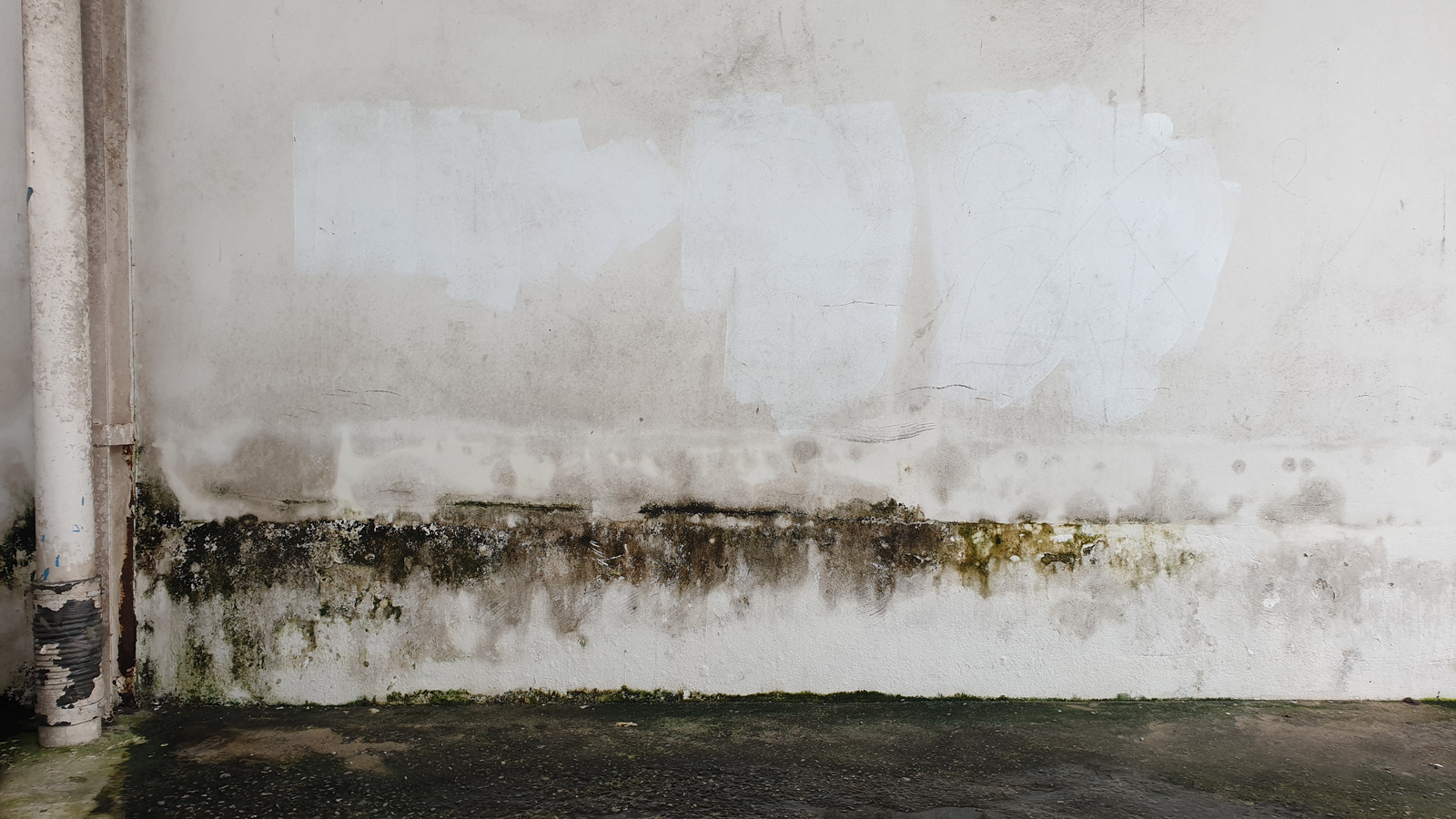Addressing Stains from Water on Walls: Inspections and Addresses Handbook
Addressing Stains from Water on Walls: Inspections and Addresses Handbook
Blog Article
Every person has their unique conception when it comes to Indicators of Water Damage Behind Walls.

Water spots on walls are not positive to the eyes. Your house ought to lack spots on the wall surfaces, roofing system, or floorings. That is the suitable state of a house and its frameworks. Often it seems virtually inescapable to experience water stains on wall surfaces in houses.
House owners living in humid areas continuously deal with the worry of water spots on wall surfaces. With exact and all-around details on the reasons of water discolorations and also prompt repair work processes, you will certainly constantly be an action in advance of such occurrences.
3 Common Root Causes Of Water Discolorations on Walls
Unlike popular belief, water stains on wall surfaces do not always originate from bad building materials. There are several reasons for water stains on wall surfaces. These consist of:
Poor Water drainage
This will prevent water from permeating into the wall surfaces. This web links to too much dampness that you discover on the walls of your building.
The leading cause of wet wall surfaces, in this instance, can be a bad drain system. It can likewise be because of poor management of sewer pipelines that run through the building.
Wet
When warm damp air meets dry cool air, it triggers water droplets to base on the wall surfaces of buildings. This happens in kitchens and bathrooms when there is heavy steam from food preparation or showers. The water beads can tarnish the bordering walls in these parts of your home as well as infect other locations.
Damp or condensation affects the roofing and also wall surfaces of structures. This creates them to appear darker than other areas of the residence. When the wall surface is wet, it produces an appropriate atmosphere for the growth of microbes and also fungis. These may have unfavorable effects on health, such as allergic reactions and respiratory system disorders.
Pipeline Leaks
Many residences have a network of water pipes within the walls. It constantly increases the practicality of such pipelines, as there is little oxygen within the wall surfaces.
Yet, a drawback to this is that water leak affects the walls of the building and also creates widespread damage. An indication of faulty pipelines is the look of a water discolor on the wall.
Water Stains on Wall Surface: Repair Tips
Property owners would generally want a quick fix when handling water stains. They would soon realize this is disadvantageous as the water spots reoccur. Here are a couple of helpful pointers that will certainly lead you in the fixing of water discolorations on wall surfaces:
Pro Pointer
A houseplant in your house also raises its moisture. If the house is currently moist, you may desire to present houseplants with minimal transpiration. An instance of appropriate houseplants is succulents.
Conclusion
Although no person wishes to have water stains on walls in their house, it can happen to the most effective people. This short article provides you utilize, as you now recognize exactly how to manage this incident if it does occur.
It is always best to recruit expert services to help fix the problems in your house.
Sometimes it appears nearly inescapable to experience water stains on walls in residences.
Contrary to prominent belief, water spots on wall surfaces do not constantly stem from inadequate building materials. There are numerous reasons of water discolorations on walls. The water beads can discolor the bordering wall surfaces in these components of your house and also spread to other locations.
Here are a couple of practical tips that will certainly lead you in the fixing of water stains on wall surfaces:
CHECKING FOR WATER DAMAGE
Water damage can be costly, and it may begin before you even notice the first signs of trouble. Water damage can cause mold and mildew in your walls and floors, which can create an abundance of health concerns for your family. It can also lead to costly repairs of various appliances and general home fixtures. To avoid the pricey consequences of water damage, here are Warner Service’s top 5 places you should check:
The walls – The easiest place to spot the beginnings of water damage is on the walls and ceilings of your home. If water damage is present, there will most likely be water stains, especially around the windows and doorframes, and/or cracks in the drywall. If a stain looks unusual (discolored to brown, black or gray, raised texture), has a swollen appearance or is soft to the touch, contact a professional immediately. The pipes – To avoid water damage, consistently check the pipes in your kitchen (especially the dishwasher and ice maker), bathrooms, laundry room (specifically washing machines) and basement for corrosion, leaks and water stains. Pay special attention to where the pipes connect in your home and the location of caulking around the bathroom fixtures, including toilets, sinks, showers and tubs. Missing or loose caulking and grout could be signs of leaking water. This seepage can also quickly cause mold and rust, so double check your water heater and tank for wet spots on the floor. The floor – Water damage is very easy to spot on the floor. Look for any warping or buckling of the material, especially in the basement. If your home has wood flooring, look for bright white or dark stains. If your home has carpeting, keep it dry and clean. A damp carpet that smells of mold could cause water damage and health problems. To avoid this, consider installing floor pans under your appliances to help prevent damages from small, slow and undetected leaks. The basement and attic – If your basement or attic smells odd check for mold and mildew around the area, especially the valley where the roof meets. While you are inspecting those areas, check for wall cracks, floor stains, rust and dampness in the insulation. If you live in a colder and/or rainier climate, perform routine checks for water damage from melting snow or ice and rain. The exterior – Check the roof for damaged flashing and missing, cracked or curled shingles. There should also be no standing water anywhere outside your home. This could be caused by puddles, leaky rain gutters or hoses, poor drainage, or short gutter spouts. Invest in a sump pump system or water flow monitoring system, and perform routine maintenance on these outdoor appliances to avoid indoor water damage.

I found that content on How to Remove Water Stains from Walls and Ceilings when perusing the search engines. Do you know about someone else who is intrigued by the niche? Please feel free to share it. Thanks a lot for going through it.
Top service, dial! Report this page